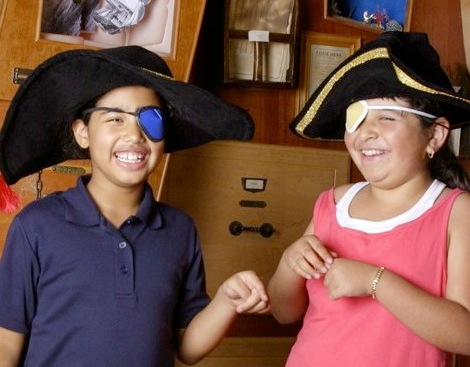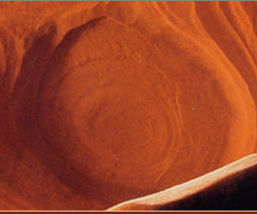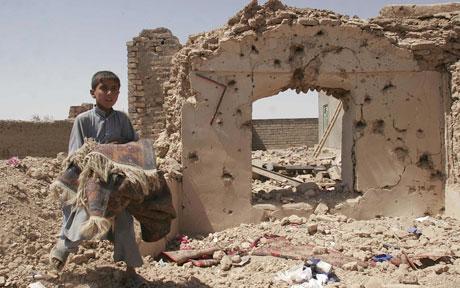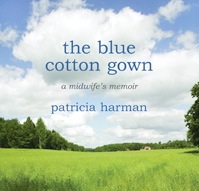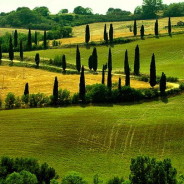826 Valencia
I believe in the power of writing. I believe magical things can happen when spaces are provided for people to write, and to be nurtured in that writing. I believe something especially powerful can happen when these spaces are provided for young people. And say that you could have a pirate store at the entrance to such a place, a store that sells eye patches and peg legs and vials of “Scurvy Begone”? A place where young people could have fun while they were finding their writing voice. Might that place not be nearly perfect? The place exists. 826 Valencia. A non-profit writing center for young people ages 6-18 in the Bay Area. All their programs, from after-school tutoring to helping young people publish books, are free of charge. Here’s a brief history, taken from their website: Named after our street location in the Mission District of San Francisco, 826 Valencia was founded in 2002 by educator Nínive Calegari and author Dave Eggers, who were looking for a way to support overburdened teachers and connect talented working adults with the students who could use their help the most. Because our space was zoned for retail, we needed to open a store. After briefly considering a hot dog stand, we looked at the ship-like surfaces of the stripped-down space, a former gym, and decided to open a pirate store instead. Behind the store we built a writing lab, designed to be a place kids would want to spend time, with a cozy reading tent, big work tables, and lots of books. Word spread quickly, and soon every chair was filled with students working on their writing with our trained tutors. We currently serve over 6,000 students a year thanks to our corps of over 1,700 volunteers. Here’s a short video, featuring a day in the life of the Writing Center. I’m especially impressed with the comments of the mother–and with the sense of community offered at the center. And here’s a longer video—a TED Talk where Dave Eggers, author and 826 Valencia co-founder, speaks, among other things, about the value of one-on-one attention for students–about shining a beam of light on a student’s writing. Also the value of giving students the gift of seeing their work published. How the pirate supply store became a kind of happy accident that brought donors and volunteers into the center. How the concept has spread to other cities. And his wish for a thousand more inspiring ideas and stories for transforming public schools and education. This is where I first heard about the center. See also: An interview with the Wall Street Journal The Pirate Store Young Author’s Book Project Healing Corridor You can donate to 826 Valencia here. [The photo at the top of this post is taken from the 826 Valencia...
read more
